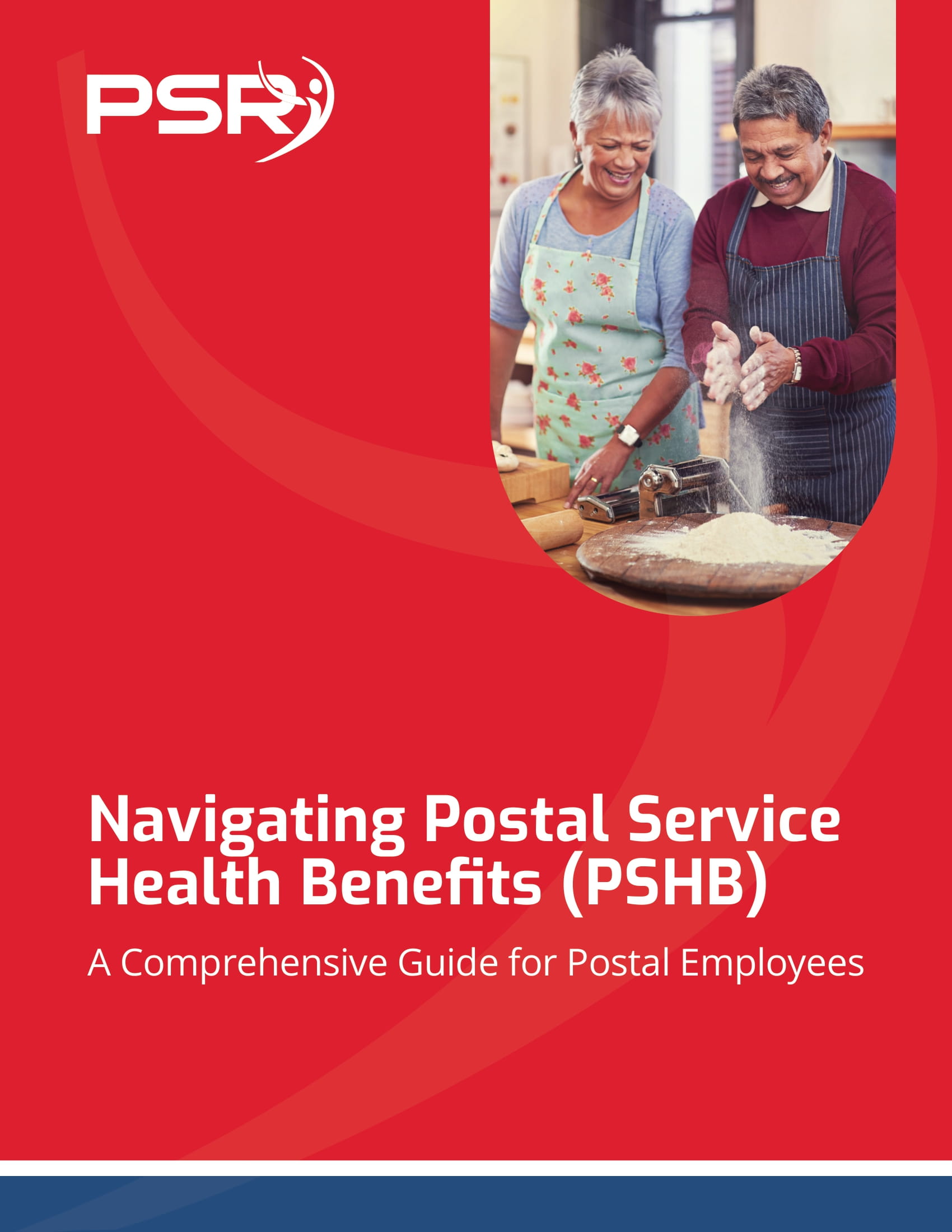Key Takeaways
-
Changes in law enforcement retirement plans are reshaping how officers and their families plan for the future, emphasizing the importance of staying informed and proactive.
-
Retirement options today include evolving benefits, new contribution limits, and policies that prioritize flexibility and financial security for law enforcement professionals.
Navigating the Shifts in Law Enforcement Retirement Plans
- Also Read: Special Retirement Groups Face New Timelines—Don’t Miss Your Critical Retirement Window
- Also Read: FEHB Premiums Are Up—Here’s What You Can Do Without Losing Coverage
- Also Read: Forgetting to Elect a Survivor Benefit Can Leave Your Spouse Without a Penny
Why the Changes Matter
Retirement planning isn’t static, especially in a career as dynamic as law enforcement. Recent updates include new contribution limits, expanded eligibility for certain benefits, and adjustments to annuity calculations. These changes can impact your financial planning, especially if you’re nearing retirement or just beginning to strategize.
Key Updates to Know
Adjustments to Contribution Limits
For 2025, the contribution limits for retirement savings plans like the Thrift Savings Plan (TSP) have increased. You can now contribute up to $23,500 annually, with an additional catch-up contribution limit of $7,500 for those aged 50 or older. If you’re aged 60 to 63, the SECURE 2.0 Act introduces a special catch-up limit of $11,250, allowing a total contribution of up to $34,750 annually.
Why This Matters: These higher limits give you more room to grow your nest egg, especially in the final years before retirement. Maxing out your contributions can significantly boost your long-term savings, especially when paired with employer matching.
Changes in Annuity Calculations
For law enforcement officers, annuities are typically calculated based on the High-3 average salary—the highest average salary over three consecutive years. Recent adjustments include changes to how overtime and special pay may factor into this calculation. This means your annuity might be higher or lower depending on your specific earnings history.
Action Step: Review your earnings statements and consider consulting with a retirement specialist to understand how these changes impact your projected benefits.
Updates to the FERS Special Retirement Supplement
The Federal Employees Retirement System (FERS) Special Retirement Supplement provides additional income for those retiring before reaching Social Security eligibility. While this benefit remains, new policies could adjust how it’s calculated or when it’s phased out. Keeping track of these updates ensures you’re not caught off guard.
Retirement Timing: What You Need to Consider
Early Retirement Opportunities
Law enforcement officers often qualify for early retirement benefits after 20 years of service or upon reaching 50 years of age with 25 years of service. While these policies remain largely unchanged, they’re becoming more nuanced with the integration of new rules around retirement account distributions and penalties.
Pro Tip: If you’re considering early retirement, evaluate your savings carefully to ensure you can bridge the gap until full Social Security or Medicare eligibility.
Required Minimum Distributions (RMDs)
Starting at age 73, you must begin taking RMDs from traditional retirement accounts, including the TSP. Changes to RMD calculations may influence how you withdraw funds to minimize tax impacts.
Action Step: Plan withdrawals strategically to ensure they align with your overall financial goals and tax situation.
Healthcare Costs and Coverage
Coordinating FEHB with Medicare
Federal Employees Health Benefits (FEHB) plans remain a cornerstone of post-retirement healthcare for law enforcement officers. Many retirees coordinate FEHB with Medicare to reduce out-of-pocket costs. In 2025, Medicare Part B premiums are $185 per month, and the annual deductible is $257.
Consider This: Enrolling in Medicare when first eligible helps avoid late penalties and ensures comprehensive coverage. Review how your chosen FEHB plan integrates with Medicare to optimize benefits.
Long-Term Care Planning
Long-term care remains a critical, yet often overlooked, component of retirement planning. Whether through standalone insurance or savings plans, addressing potential long-term care needs protects your retirement funds and family.
Action Step: Explore federal programs or private options to ensure you’re adequately prepared for long-term care costs.
Financial Strategies for a Secure Retirement
Diversify Your Investments
While retirement accounts like the TSP are essential, diversifying your investment portfolio can provide additional security. Consider balancing your assets across stocks, bonds, and other vehicles to protect against market fluctuations.
Reassess Your Risk Tolerance
As you approach retirement, shifting to a more conservative investment strategy can help preserve your savings. The Lifecycle Funds within the TSP are a great tool for adjusting your investment mix as your retirement date nears.
Use Catch-Up Contributions Wisely
If you’re eligible for catch-up contributions, take full advantage of them. These additional contributions, especially the enhanced limits for those aged 60-63, can significantly boost your savings in the critical years before retirement.
Planning for Life After Retirement
Supplementing Your Income
Many retirees choose to work part-time or start new ventures to supplement their retirement income. Ensure any additional earnings don’t interfere with your annuities or Social Security benefits.
Tip: If you’re considering post-retirement employment, research how earnings limits might affect your benefits.
Staying Active and Engaged
Retirement is an opportunity to focus on personal growth, hobbies, and family. Engaging in volunteer work or continuing education can help maintain a sense of purpose and fulfillment.
Staying Informed: Your Most Valuable Asset
Regular Benefits Reviews
Retirement plans are complex and ever-changing. Regularly reviewing your benefits ensures you’re aware of any updates that could impact your financial security.
Action Step: Schedule annual check-ins with your HR department or a financial advisor to stay informed.
Leverage Available Resources
The Office of Personnel Management (OPM) and your agency’s retirement specialists are invaluable resources. Take advantage of workshops, webinars, and one-on-one counseling to clarify your options.
Pro Tip: Online calculators and planning tools can also provide quick insights into your retirement readiness.
Retiring Smarter, Not Harder
Navigating the evolving landscape of law enforcement retirement plans requires diligence and adaptability. By staying informed and taking proactive steps, you can secure a retirement that meets your financial needs and personal goals. Whether it’s maximizing contributions, coordinating healthcare, or planning for long-term care, the choices you make today will shape your retirement future.












